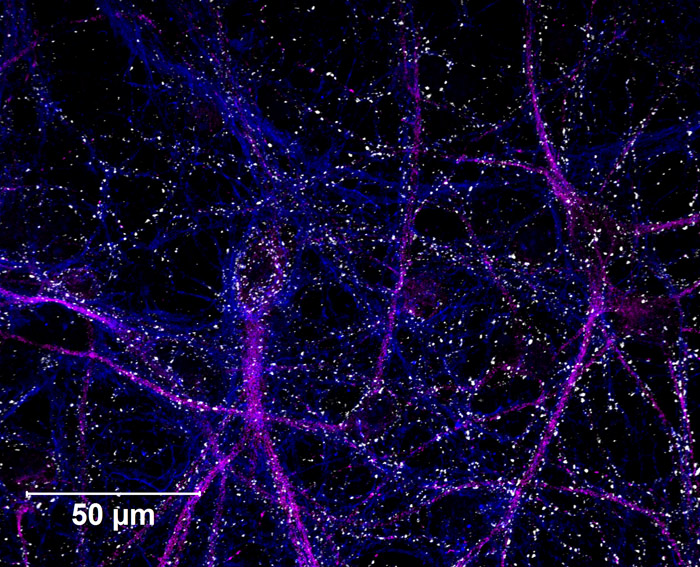USAMRICD Highlights Research Progress

The U.S. Army Medical Research Institute of Chemical Defense hosted its Commander's Semi-Annual Review this spring at the Sidell Learning Center, Aberdeen Proving Ground, Maryland, updating its partners in chemical defense research on investigative efforts and product development initiatives.
USAMRICD provided updates on topics ranging from analytics to medical countermeasures to an audience of more than 50 stakeholders representing 25 federal and private organizations. Participating organizations included the Defense Threat Reduction Agency, the National Institutes of Health, the Defense Health Agency, the Department of Homeland Security, the Food and Drug Administration, and the Army Public Health Command.
"The feedback from our customers and stakeholders has been extremely positive and valuable in making sure that the science we are conducting on behalf of the chemical and biological defense program is on track and on target," said Col. Bruce Schoneboom, USAMRICD commander.
In a presentation covering their successful completion of the Fourth Biomedical Confidence Building Exercise sponsored by the Organisation for the Prohibition of Chemical Weapons, USAMRICD staff shared information on their ability to detect agent exposure biomarkers in human plasma samples. They also highlighted the institute's progress developing assays for their Absorption, Distribution, Metabolism, and Excretion Center of Excellence.
Other topics covered during the two-day event included the institute's progress developing catalytic bioscavengers, or enzymes that can break down persistent, V-class nerve agents, the most highly toxic chemical warfare nerve agents. According to presenters this work complements their recent success developing catalytic bioscavengers that can break down non-persistent G-class nerve agents.
USAMRICD personnel also shared information on their efforts to develop medical countermeasures against toxic industrial chemicals and treat military or civilian casualties.
Delving further into improved countermeasures for nerve agent toxicity, USAMRICD representatives highlighted their research into oximes. Oximes are chemical compounds that can protect the enzyme acetylcholinesterase within the central nervous system. This provides greater protection to the brain against injury from nerve agent exposure. Personnel also discussed the development of adjunct therapies to enhance current countermeasures and identifying therapeutics to prevent nerve agent-induced inflammation.
USAMRICD also briefed attendees on its work developing pediatric, geriatric, and alternative animal models which will determine the effects of exposure across the entire civilian population. USAMRICD scientists have developed a method to produce a highly pure population of neurons that exhibit cellular structures required for neuronal activity. This will allow researchers to conduct a wider array of toxicity screening in a relevant cell culture system, reducing the number of animal studies required.














